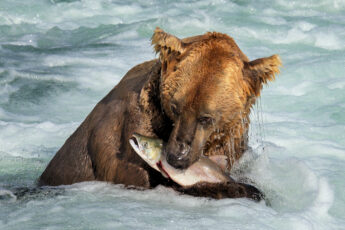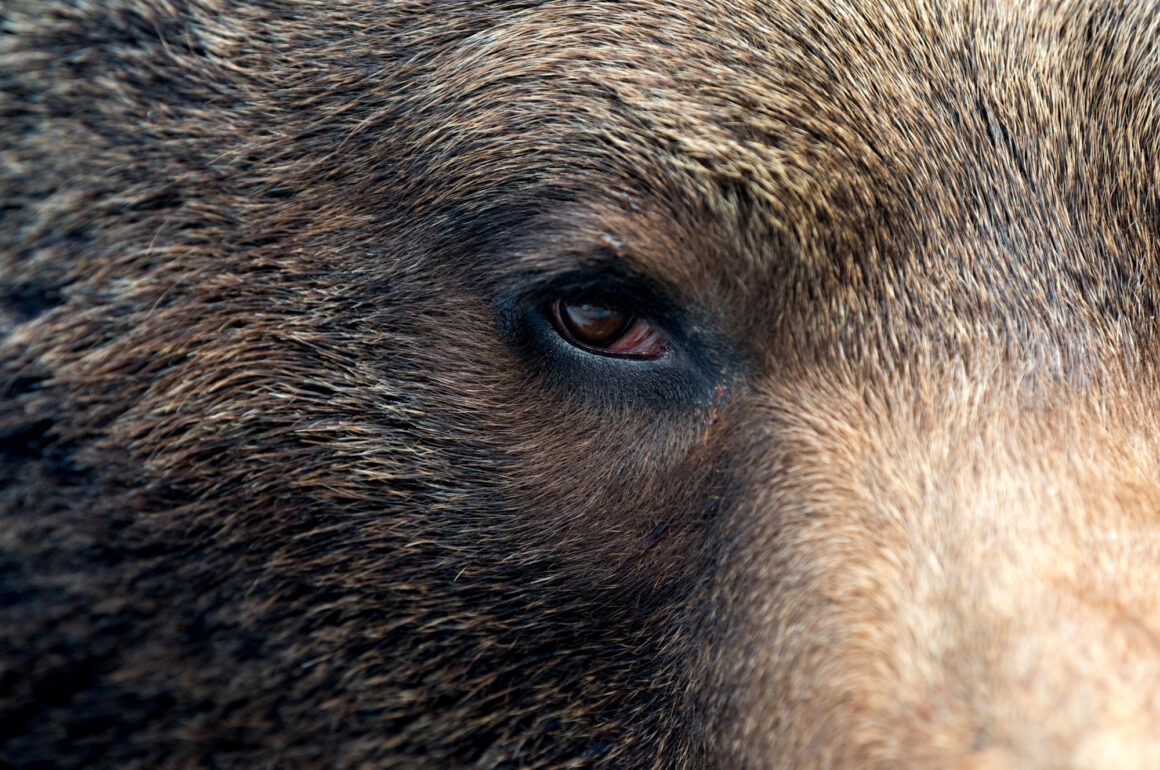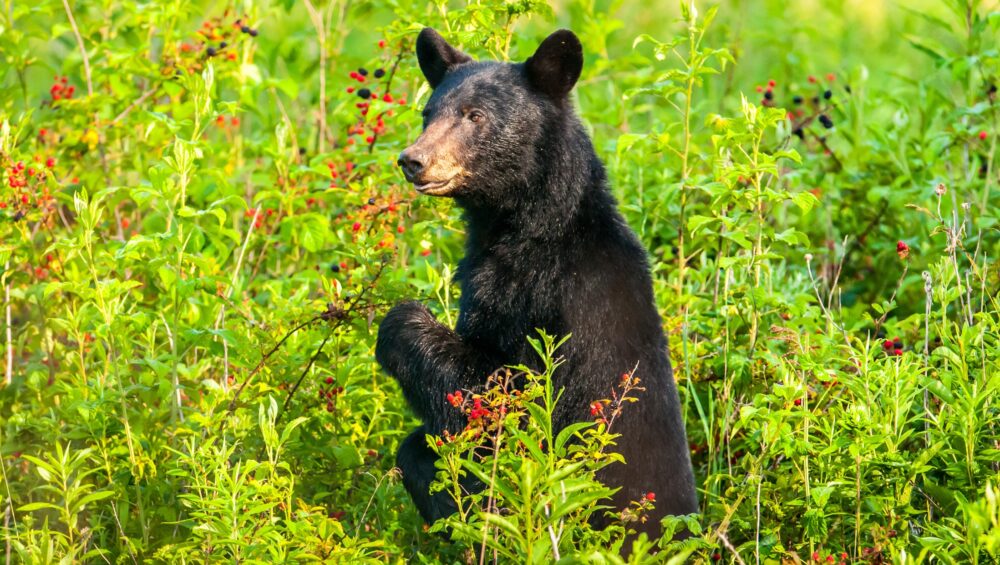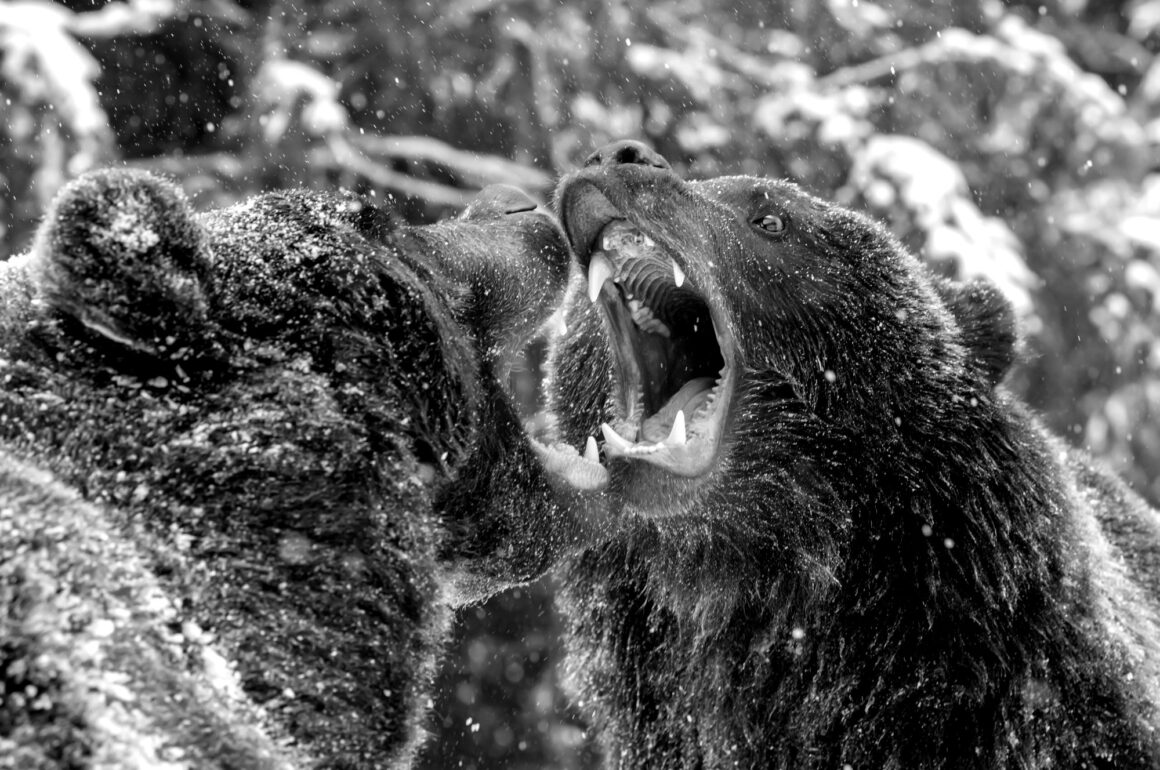HOW TO SIZE UP A BLACK BEAR

How to Size Up a Black Bear: 10 Criteria
A wild bear, upon first sight, always appears enormous. That’s why, on your first bear hunt, you shouldn’t kill the first bear you see. Only if your skilled guide suddenly hisses “Take him!” should you consider breaking this rule.Examining a bear’s physical characteristics is the most reliable way to tell if it is an adult bear worth killing or a juvenile to be avoided. Beyond those indicators, observing the bear’s personality and its interactions with other bears might shed light on its age, size, and social standing.
- Initial Impressions
A huge bear could be the first thing that comes to mind. However, one shouldn’t always rely on one’s first impressions. It would be difficult, for example, to estimate the bear’s size if there were nothing else of comparable mass in the vicinity. It is quite hard to estimate size in the wild if it goes out into a coastal flat or into a clover field.
Bear hunters might use the bait’s container as an indicator of the bear’s size. In this situation, the outfitter will provide suggestions based on the size of the barrel. Certain length logs are also placed out by some guides. The bear is kept if its length is greater than that of the log.
2 Leg Placement
The bear’s legs are one of its many distinguishing features. If they’re spread out, that’s a good sign that the bear is healthy and strong. A little animal may be identified by its close-set front and hind legs.
- Leg Length
A large bear’s legs appear to be too short and too widely spaced apart. They’re not, but aging boars typically have bellies so big that they practically touch the floor. This creates the illusion of shorter legs.
When there is a large amount of visible space between the pelvis and the floor, the legs appear longer. What you’re seeing is most likely a baby bear.
- Ear Position
A bear’s size and age may be estimated from its ears as well. If the ears appear to protrude from the sides of the head, you’re probably looking at a huge bruin. If they appear to be protruding from the bear’s skull, it is likely to be a juvenile.
- Ear Size
Think about proportion as well. It’s presumably an ordinary bear if the ears appear to be about normal for the bear’s head and body. The bear is probably young if its ears appear to be huge. Avoid it.
On the other side, if the ears are little, it’s likely that you’re looking at a prize bruin. Prepare to fire a gun or let out an arrow.
- Face
Older bears tend to have more blocky features than either females or young males. A giant bear’s head may seem little in comparison to his massive frame.
- The Neck and Shoulders
A mature bear’s front shoulders are wide and strong, similar to those of a buck. They even have thick, muscular forelegs to match the rest of their body. The necks of large bears are broad and short, blending seamlessly into the rest of the animal.
- Attitude
One may learn about a bear’s age and social standing in the area by observing its demeanor and actions. A mature bear is a bear that walks confidently towards bait or into a tidal flat. They don’t let their lack of fear show and exude confidence and composure.
9: Relationship with Other Bears
If you’re observing a group of bears and one of them wanders out and scares the others away, you may claim the newcomer as your prize. Similar to deer herds, bear societies have established social structures and dominance hierarchies. They move slowly and steadily, almost as if the younger bears surrounding them don’t exist.
10: The Swag
A bear’s confidence is a quick and easy method to gauge its size. Bears of smaller size have a very calm and collected disposition. A huge bruin will “waddle” about a little and seem quite authoritative.





